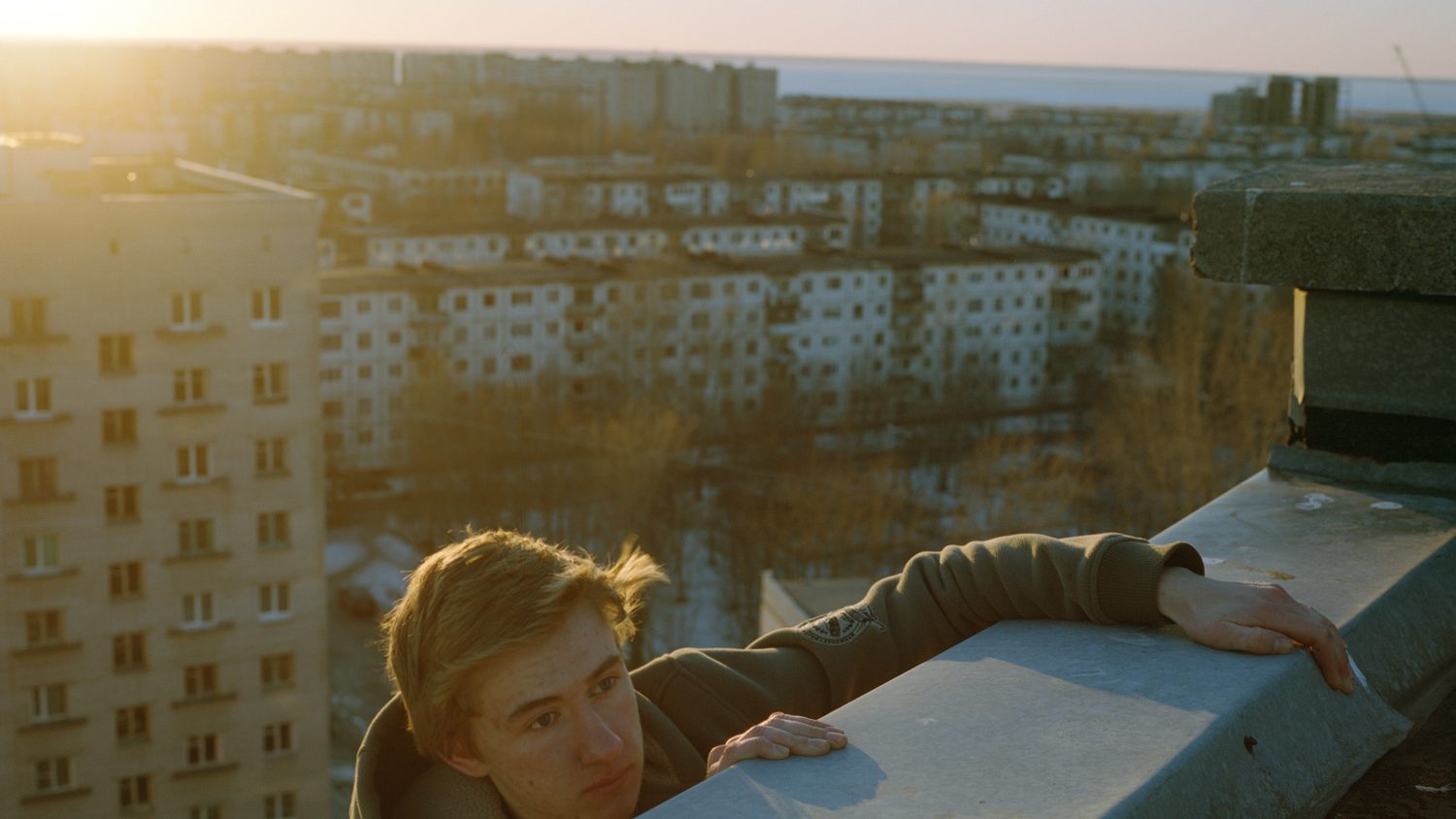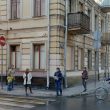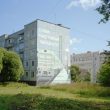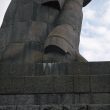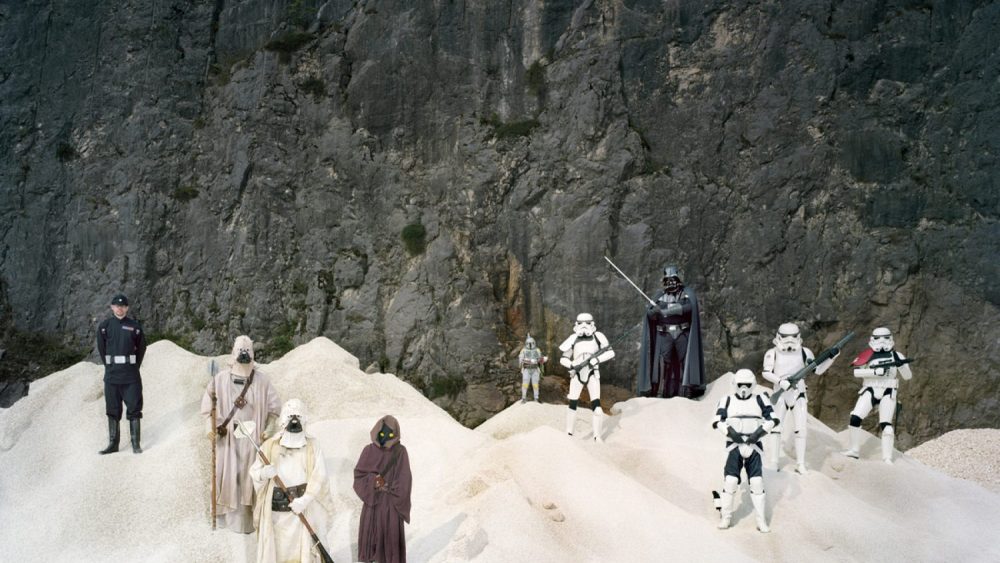ZATO
Confrontation with the West gave rise to a special type of territorial formation in the Soviet Union — closed cities (ZATO). They served the state’s science and defense needs as sites of nuclear weapons development (Arzamas-16) or disposal (Sverdlovsk-45), and as bases for the navy and missile forces. These cities did not appear on any maps, had encrypted names, and were called “mailboxes” – much like the secret manufacturing facilities located within these cities that had no specific address, but rather a mailbox number where all post was sent. The inhabitants of these cities were instructed not to refer to their place of residence, but rather to use name of the nearest major city (for example, Krasnoyarsk instead of Krasnoyarsk-26).
Along with the collapse of the Soviet state, a different life started up in the closed cities — they ceased to be secret. Nevertheless the borders remained closed for outsiders, as the relative prosperity that these cities enjoyed (budget subsidies, low crime rates, high-end medicine and social services) made residents wary of the first, tentative attempts to address the question of retaining the barriers.
There are 41 closed cities in modern-day Russia, which are home to 1.2 million people. To enter one of these cities you will need a pass, typically an invitation from a close relative who lives there. Polls carried out in these “mailbox” cities show that the majority of residents are still against radical changes in the territorial policy. They envisage crowds of homeless people, criminals, and a withdrawal of support from the federal budget as the most likely consequences of removing the protective barriers.
Project ZATO is a visualization of the memories of residents of closed cities and my own experience of visiting these places, inspired by discussions on web forums, announcements by municipal authorities, and publications on social media sites. The photographs are staged, and the project does not contain any photos that I took myself in the closed cities. The only exceptions are several images of municipal infrastructure that I commissioned from local photographers for the print edition of the project, in order to show how these cities look from the inside.
Sergey Novikov (1979) is a Russian photographer. His work has been published in various international magazines, such as Esquire, GEO, The Guardian, Der Spiegel.
